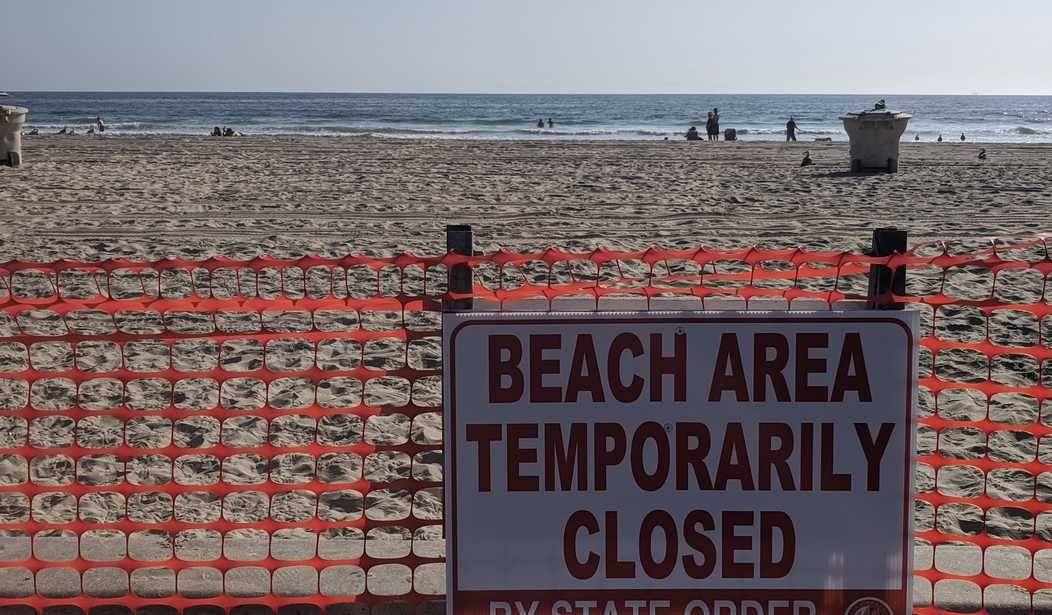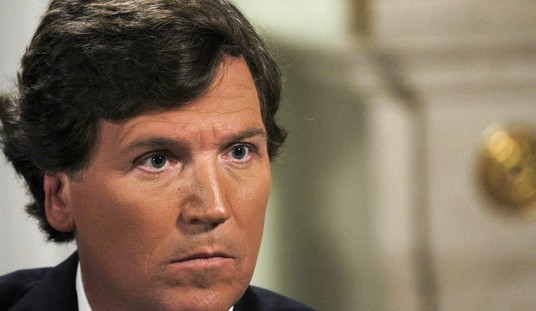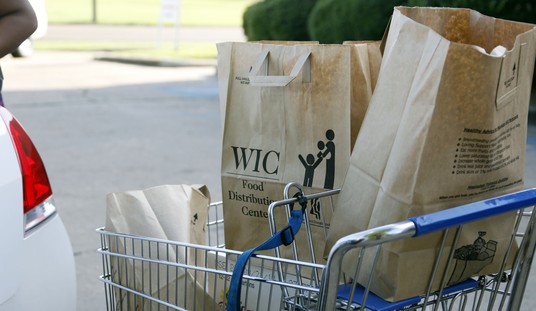VitalVio, an antimicrobial light company, commissioned a study asking Americans how they envisioned everyday life in the wake of COVID-19. Reading the results it seems as if the fear mongering the corporate media has engaged in solely to oppose the president at every turn has worked wonders. Better than several decades of climate hysteria.
Some key findings:
- 40% of Americans plan to avoid public spaces unless “absolutely necessary” long after the coronavirus pandemic has subsided.
- 82% said they are now more aware of, and concerned about, cleaning protocols in public areas.
- 58% are more suspicious about their friends’ and family’s hygiene habits.
- 26% will wait one or two months to return to public spaces.
- 16% went so far as to say that they’re unsure if they’ll ever feel comfortable out in public again.
- 11% are unsure if they’ll ever return to their office space even if it reopens.
Now, being more concerned about cleanliness is not a terrible thing. However the idea the nearly 20% of respondents said they may never again feel comfortable in public spaces is concerning. Especially since some public spaces, especially if they are outdoors, are the safest places to be according to research.
Even more shocking is the number who say they may not return to work. Even if remote work becomes more popular as many expect, most employers who use such systems maintain some kind of visiting office or meeting room space. They expect employees to come in for some number of training and other events. The chances you will find a job where you never have to show up is unlikely. In the event your job requires travel, 43% now expect their employer to pay more for hygienic travel arrangements. Like what? A plastic bubble?
Further, many seem confused about what environments are easier for a contagious respiratory disease to spread. Among respondents, 35% are most worried about visiting restaurants or retail stores, while 27% are more worried about public transit. the 27% actually has it correct.
Research in Germany showed the likelihood of contracting the virus in a retail environment was extremely low. Yet according to MIT, subways and busses were a likely source of widespread contagion in New York City. I imagine this perception has more to do with large cities shutting down stores and eateries while maintaining public transportation. Heck, New York just started attempting to sanitize the subways this week.
The most stunning aspect of all of this is the length of time people expect the coronavirus outbreak to affect their behavior. My sister posed an interesting question in a family chat this morning. She asked my parents is they remembered the 1968 Hong Kong flu pandemic. They would have been in their 20s. She attached the write up from the CDC (emphasis mine):
The 1968 pandemic was caused by an influenza A (H3N2) virus comprised of two genes from an avian influenza A virus, including a new H3 hemagglutinin, but also contained the N2 neuraminidase from the 1957 H2N2 virus. It was first noted in the United States in September 1968. The estimated number of deaths was 1 million worldwide and about 100,000 in the United States. Most excess deaths were in people 65 years and older. The H3N2 virus continues to circulate worldwide as a seasonal influenza A virus. Seasonal H3N2 viruses, which are associated with severe illness in older people, undergo regular antigenic drift.
My father’s response was notable:
Never heard of it that I can remember. ’68 was a crazy year in the U.S.
Maybe too many people were still alive that remembered the Spanish Flu, so it didn’t seem as terrible. Or perhaps the Great Depression generations and their children just had a different attitude. Could also be in a time when families huddled around the nightly news and the gatekeepers were a few national media companies, clickbait wasn’t a thing and there was no 24 hour news cycle. Of course it could have been because Lyndon Johnson was President. Maybe some things never really change.
Because if someone had asked me about the H1N1 flu pandemic in 2009 prior to my current research, my response would have been similar to my father’s. This is despite being a human resources and safety manager for a Fortune 500 company at the time. No bulletins or employer notifications crossed my desk. I never got a notification from my children’s school. I was on Facebook at the time, and don’t remember advisories directing me to information to keep my family safe or dozens of articles about the administration’s response. Yet according to the CDC (emphasis mine):
Eighty-seven percent of deaths occurred in those under 65 years of age with children and working adults having risks of hospitalization and death 4 to 7 times and 8 to 12 times greater, respectively, than estimates of impact due to seasonal influenza covering the years 1976-2001. In our study, adults 65 years of age or older were found to have rates of hospitalization and death that were up to 75% and 81%, respectively, lower than seasonal influenza. These results confirm the necessity of a concerted public health response to pH1N1.
A pandemic flu that disproportionately killed children and working age adults. Maybe they did not want to cause a panic. Of course it could have been because Barack Obama was President and some things never change.
Now we have an endless COVID-19 news cycle that is largely devoted to highlighting perceived failures of the Trump administration. it also skillfully neglects information that might allow people to make reasonable risk assessments regarding a return to normal life. Over 10% of employees say they may never return to their office. A full 16% say they may never be right. In the experience of Americansm pandemic disease is not new. This reaction is also far from normal.
Editor’s Note: Want to support PJ Media so we can keep telling the truth about China and the virus they unleashed on the world? Join PJ Media VIP and use the promo code WUHAN to get 25% off your VIP membership.










Join the conversation as a VIP Member